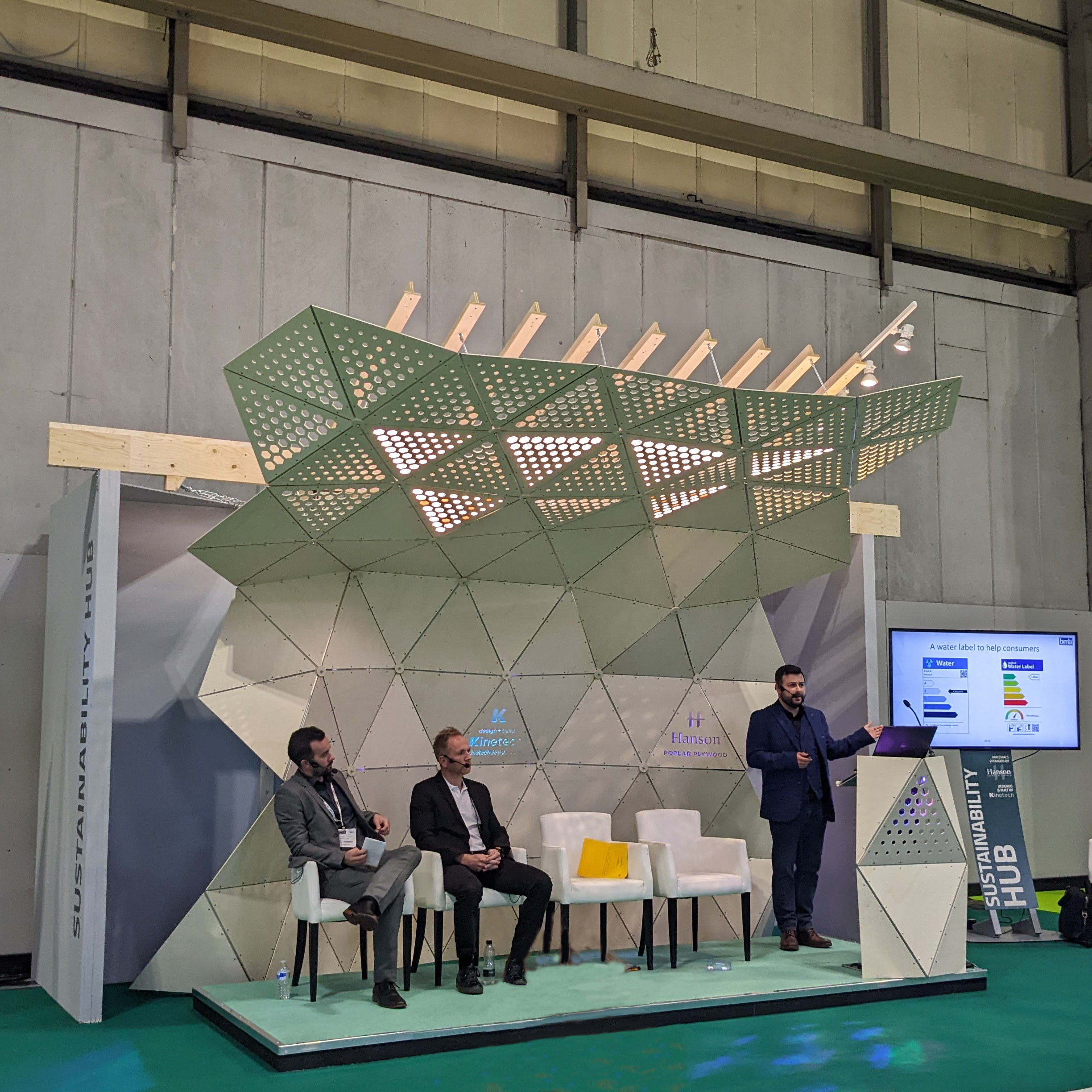Modular buildings and offsite construction methods are becoming increasingly popular. A recent report from AMA Research showed that the UK market for modular buildings increased 10% in 2015, with a further 8-9% growth in 2016.
When you look at the reasons for the growth of offsite, such as increased efficiency, more predictable construction, minimal disruption and higher quality due to the controlled environment in which they are built, it should come as no surprise that modular buildings are becoming more prevalent in construction.
But first, what is a modular building?
A modular building is a building that is prefabricated in multiple modules off site. These modules are then delivered and constructed on site. Different layouts can be created from the modules, for example side-by-side or stacked, to create various configurations in the building layout.
The advantages of using modular buildings include:
• As modular buildings are manufactured in a factory, elements such as weather can be controlled, meaning the project is more predictable
• Materials can be more easily monitored to minimise waste
• The build process is more efficient as the manufacture of modules can start while foundations on site are being prepared
• With fewer vehicles needed on site compared to a traditional build, there is less disruption to local traffic and reduction in air pollution
• Costs and time can be significantly reduced by using modular buildings
Modular buildings are suitable for a wide variety of applications, including for either permanent or temporary facilities.
Permanent and temporary modular buildings both use the same modular construction method, but have different purposes. Therefore, when deciding on whether to use permanent modular buildings or temporary modular buildings, it is important to understand the specific requirement of the project.
Here are some questions to consider:
What is the purpose of the building?
Permanent modular buildings are most suitable for buildings that don’t need to be relocated, for example hospitals, schools and hotels. Permanent modular buildings can also be used for standalone buildings such as a bank or retail unit.
Temporary modular buildings are useful for when a building is only needed for a short period of time, or that needs to be relocated. Examples include sales offices, construction site offices and emergency medical centres.
How long do you need the building?
Permanent modular buildings are fastened to a foundation, and will last for a long time.
Temporary modular buildings are suitable for a shorter period of time, such as months or years. They can be relocated or extended as their purpose changes.
Is the modular building part of an existing building?
Permanent modular buildings can be seamlessly integrated to an existing building, matching the façade and architectural details. The modular building will have the same maintenance and inspection requirements as the traditional building.
Temporary modular buildings are not connected to an existing building, but may include a covering or canopy to create a sheltered area between the two buildings.
Does the modular building need to be custom designed?
Permanent modular buildings can be custom designed to match the traditional building, with the same finishes and materials used. Permanent modular buildings can therefore be extremely aesthetically pleasing, and undistinguishable from a traditional building.
Temporary modular buildings, on the other hand, have limited design options. They are typically less visually appealing than permanent modular buildings, and ‘look’ like modular structures.
The future of modular buildings
Further growth of 15% is forecast for the modular building market between 2016/17 and 2020, with key drivers being with larger scale, repetitive construction programmes, in sectors such as university accommodation, social housing, affordable private sector housing and budget hotels.
Growth over the next few years should also be enhanced by the use of Building Information Modelling (BIM), which will streamline building design, procurement and construction.
The drive towards sustainable development, coupled with the need to meet energy efficiency and carbon reduction targets, would also seem to weigh in favour of modular buildings and offsite construction.
For more information on modular buildings and offsite construction, visit our Offsite Hub.
Related Blog Articles



crop192.png)












